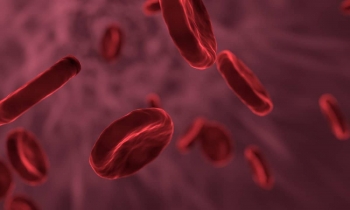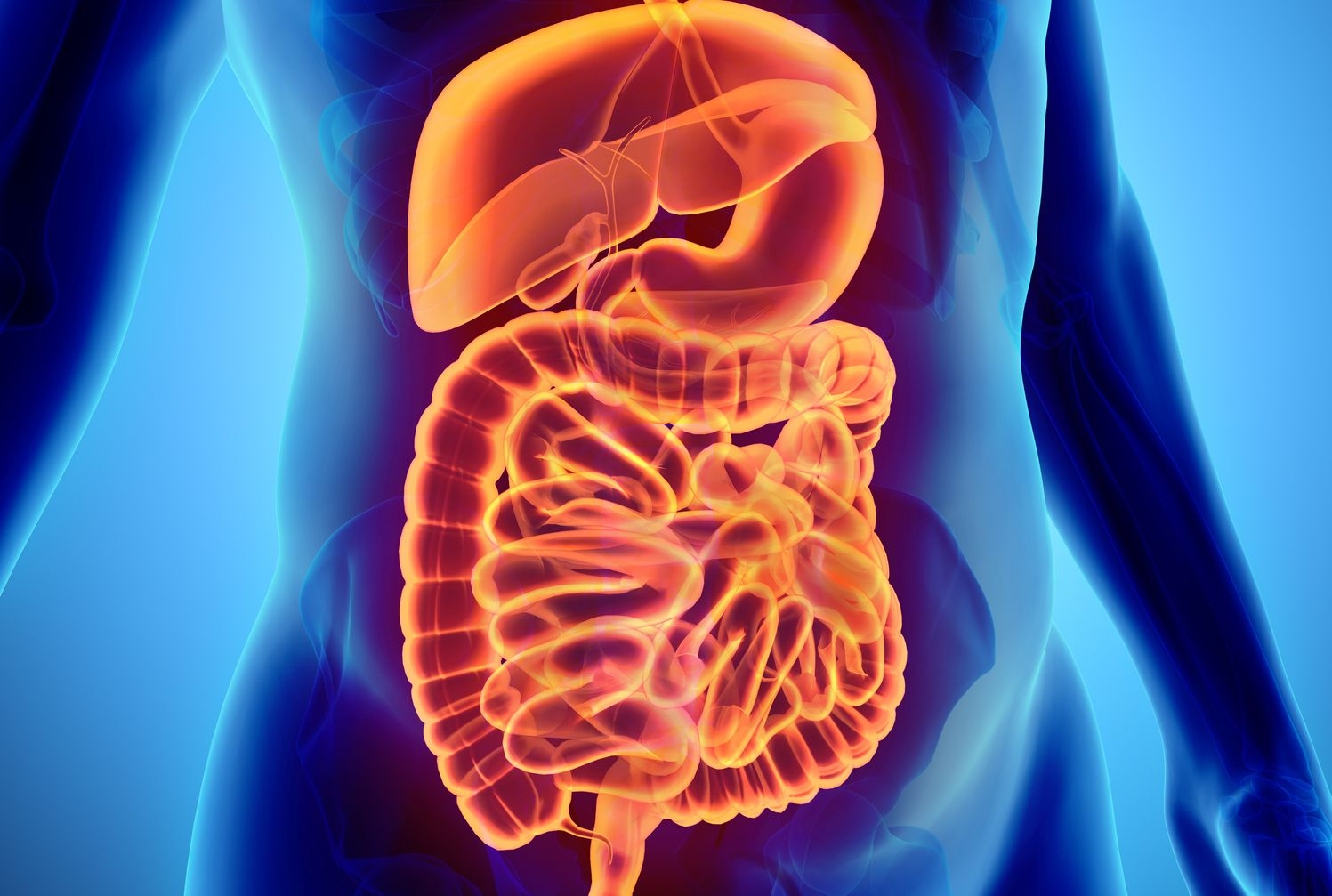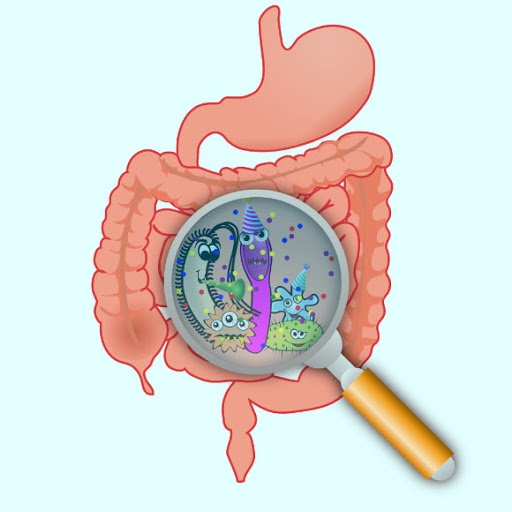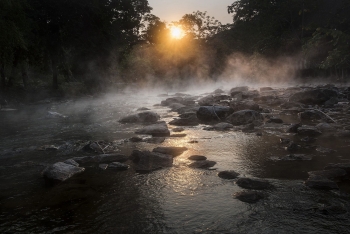The Amazing Facts About The Digestive System
 15 Incredible Facts About A Woman Body 15 Incredible Facts About A Woman Body |
 20 Amazing Facts About Blood in Your Body 20 Amazing Facts About Blood in Your Body |
| Contents |
The digestive system has two main functions: to convert food into nutrients your body needs, and to rid the body of waste. To do its job, the system requires the cooperation of a number of different organs throughout the body, including the mouth, stomach, intestines, liver and gallbladder.
Here are facts about the digestive system that may surprise you.
Digestion Is Important for Your Health
 |
| Top interesting facts about digestive system - Photo: MentalFloss.com |
Food doesn't need gravity to get to your stomach.
The esophagus and the stomach aren't directly connected when you eat. With a wavelike motion known as peristalsis, the muscles in your esophagus contract and relax to propel food into your stomach.
Because of peristalsis, even if you were to eat while hanging upside down, the food would still be able to get to your stomach.
Laundry detergents take cues from the digestive system.
Proteases, amylases, and lipases are just some of the enzymes that can be found in laundry detergents. Such enzymes can also be found in the human digestive system.
These enzymes are used throughout the body, including in the digestive process. Proteins are digested by proteases, carbohydrates by amylases, and lipids by lipases. Amylases and lipases are found in saliva, and proteases are used by the digestive system in the stomach and small intestine.
Your stomach doesn't do most of the digestion.
The stomach is often thought of as "the heart" of the digestive system because of the crucial function it plays in "mechanical digestion," in which food is churned and mixed with gastric secretions to physically break down food particles and transform them into a thick sludge called chyme.
Yet, the stomach has a negligible role in chemical digestion, the process that breaks down food into molecules small enough to be absorbed by the bloodstream.
Instead, the small intestine, which accounts for roughly two-thirds of the digestive tract's total length, is responsible for the vast majority of digestion and absorption. The small intestine receives the nutrients from the chyme and sends them on to the rest of the body by way of the bloodstream after the chyme has been further broken down by powerful enzymes.
The surface area of the small intestine is huge.
 |
| Photo: Pinterest |
The small intestine has a diameter of about an inch (2.5 cm), and it is roughly 22 feet (7 meters) long. According to these measures, the small intestine's surface area should be about 6 square feet (0.6 square meters), but it is actually about 2,700 square feet (250 square meters), which is roughly the size of a tennis court.
The small intestine has three characteristics that increase its surface area, which explains this. In addition to having folds, the intestine's walls also contains villi, which are fingerlike protrusions of absorptive tissue. Furthermore, tiny projections known as microvilli cover the villi.
The small intestine can better absorb food thanks to all of these characteristics.
The Large Intestine Is Responsible for More Than Eliminating Waste
Solid stool is created by the large intestine from liquid waste. The body's need for residual nutrients and water is also absorbed through the large intestine. Undigested meal components and aging GI tract cells are examples of waste products.
The Stomach Must Protect Itself From Acid
 |
| Photo: Wonderopolis.com |
The hydrochloric acid in your stomach, which is the main digestive liquid, is very corrosive. A thick layer of mucus serves as the stomach's defense mechanism. Without it, the stomach would be broken down by the stomach's own acid.
Stomach Growling Can Happen When You're Not Hungry
Stomach rumbling is the sound of your small intestine and stomach working together to breakdown food. The sound is muted when your stomach is full, so you cannot hear it. To make sure there is no food remained in the stomach, your stomach contracts. You might feel the growling sensation or perhaps hear it at that point. Your stomach is empty when you hear that sound, but it may not necessarily indicate that you are hungry.
Your Colon Reabsorbs Water From Food
You get a lot of your water from food. Your colon is a vital part of your digestive health, and ensures that you don't lose too much water during the digestion process.
You Feed Your Healthy Gut Bacteria
 |
| Photo: Sci-News.com |
Like you, healthy bacteria in your digestive system require nourishment. Healthy gut bacteria are fed by soluble fiber, and this benefits colon health. Vegetables, fruits, cereals, seeds, and nuts are just a few of the foods that contain soluble fiber. Furthermore, soluble fiber, which feeds the healthy gut bacteria, can be found in fiber supplements like Benefiber.
Fiber Is Important for Digestion
Certain types of fiber can help you stay regular, and fiber is necessary to help food pass through the digestive tract. According to benefiber.com, soluble fiber gives nutrition to good gut bacteria, which are crucial for maintaining digestive health.
 EVIDENCES About Mouthwash Dentyl and Listerine can kill Covid-19? EVIDENCES About Mouthwash Dentyl and Listerine can kill Covid-19? Dentyl and Listerine Mouthwash is able to kill COVID-19 within 30 seconds of exposure to it in a laboratory, a scientific study has found. Evidences ... |
 7 Little Know FACTS About Five Nights At Freddy's 7 Little Know FACTS About Five Nights At Freddy's Five Nights At Freddy's is an interactive survival horror game in which the player needs to survive the nights at Freddy Fazbear's Pizza. At KnowInsider, ... |
 Mysterious FACTS about 'BOILING RIVER', Shanay-timpishka, in Peru Mysterious FACTS about 'BOILING RIVER', Shanay-timpishka, in Peru There exists a mysterious boiling river in the Amazon that burns so hot, which is “Shanay-timpishka” translates to “boiled with the heat of the sun.” ... |























